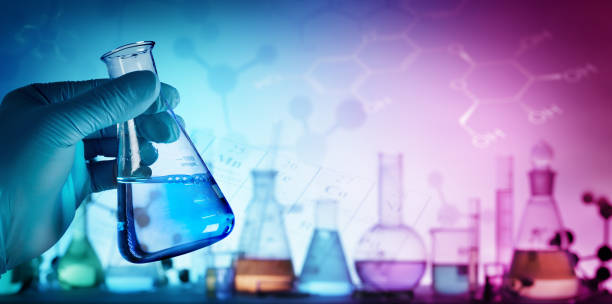
Surfactants are chemical compounds that have two ends, one that is hydrophobic and the other hydrophilic. The word "hydrophobic" comes from Greek, meaning "water-fearing." In the sense that oil and water do not mix. Surfactants are the substances that permit water to get through the surface. How do they do this? What's the secret behind their success in the field of product development?
Micelle
One of the most crucial physical properties of chemicals is the critical micelle content (CMC). Different methods can be used to calculate the CMC values based on the variations of the physical properties of a surfactant as a function of concentration. Various mathematical approaches have also been devised to calculate the CMC value. Although most of them can be used independently of the user, not all are applicable to all methods.
A micelle is a tiny ball-like substance that is formed in water when an IRO Surfactant is added. Micelles are able to trap oil in their bodies by having a tail or head. Micelles are the main constituents of water-based lotions or emulsions. Surfactants can be classified into four main groups, which include anionic, cationic, non-ionic and Zwitterionic. Surfactants of different kinds are also a representation of a system that includes different states of matter. Surfactant solutions may include both an ordered and disordered phase. They can be classified into the four major categories.
Surface tension
To study the tension on the surface of nonionic surfactant suppliers the researchers utilized a Kruss Tensiometer. It is a ring-based device that was based on the du Nouy-32 method. Two microdispensers were included in the tensiometer for automatic diluting. This experiment used the same salt solution for the surfactant. The results were in line with previous studies.
It is important to note that the real surface tension of the solution ought to not be dependent on the extensive parameters of the container. It is important to note that lowering the pH of the solution will significantly decrease the surface tension of a surfactant solution. To determine if there's adsorption at a solid-solution interface and to determine the extent of it, measurements of surface tension changes can be used. This technique is also helpful to assess the efficacy of different surface-active agents.
Applications
Surfactants are used in many ways. They are polymeric, and have molecular masses that exceed 10000. Certain IRO Surfactant are cationic and are especially effective against gram-positive as well as gram-negative bacteria. They also function as emulsifiers suspension aids, and foaming agents. Despite their many applications, nonionic surfactant suppliers are often categorized as compositing or natural substances. In the pharmaceutical industry, they may be used to kill bacteria and spores. Environmental disinfectants and preoperative skin and mucosa disinfection.
Surfactants are surface-active compounds with Polar purposes. They are used as detergents, wetting agents and dispersants. They also serve as anti-foams and anti-dust agents. Certain are utilized in personal care products , while others are employed in firefighting, textiles, and food. Surfactants are also derived from other natural chemicals such as alkali-surfactant polymers which are employed in oil wells.